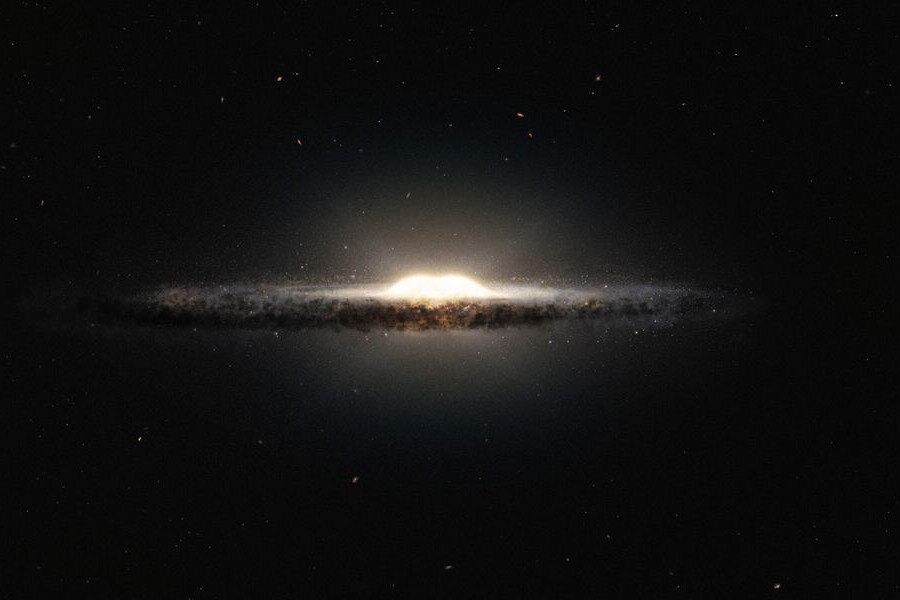Astronomers find 'the oldest stars we have ever seen'
Loading...
Two newly discovered stars may provide clues to the birth of the universe.
Scientists estimate that these stars, named SMSS J181609.62 -333218.7 and SMSS J031300.36 -670839.3, were born 13.6 billion years ago – about 200 million years after the Big Bang.
"These pristine stars are among the oldest surviving stars in the universe, and certainly the oldest stars we have ever seen," said Louise Howes, lead author of the study, in a press release.
Astronomers discovered the stars using the SkyMapper telescope located at Australian National University (ANU), which they are using to create a census of the galaxy’s stars, among other projects.
These ancient stars give clues to the early composition of our galaxy, report Dr. Howes and her colleagues in the latest issue of Nature. One of their most significant findings was that early stars such as these probably formed through hypernovas – explosions even more powerful than supernovas.
"A hypernova is a special kind of supernova which produces about ten times as much energy as a regular supernova," Howes told ABC Australia.
When the very earliest stars died in hypernovas, they sent rich particles of dust and gas hurtling towards the Milky Way’s center bulge, where these two stars are located.
Scientists have long known that the galactic center is likely to hold the Milky Way's oldest stars, due to their composition. Each new generation of stars is richer in metals than the last, but the stars located in the Milky Way’s central bulge are extremely metal-poor.
"These stars formed before the Milky Way, and the galaxy formed around them," said Howes, who performed much of the research while a PhD student at the ANU Research School of Astronomy and Astrophysics.
Although the astronomers knew what to look for, finding these ancient stars was not easy. Project leader Professor Martin Asplund compared looking for the oldest stars – among the many billions of stars that make up this galaxy – to the hunt for a needle in a haystack.
"The ANU SkyMapper telescope has a unique ability to detect the distinct colors of anemic stars – stars with little iron – which has been vital for this search," he said.
But for the astronomers, the value of their discovery more than compensated for the difficulty of the search.
"This work really changes our ideas of what the first stars would have looked like, and how they would have developed and died, and how the galaxy would have evolved, and also sheds light on the formation of all the elements in the universe," Howes told Space.com.
Going forward, she and her colleagues plan to examine other metal-poor stars in the Milky Way’s central bulge to learn more about the early galaxy.






